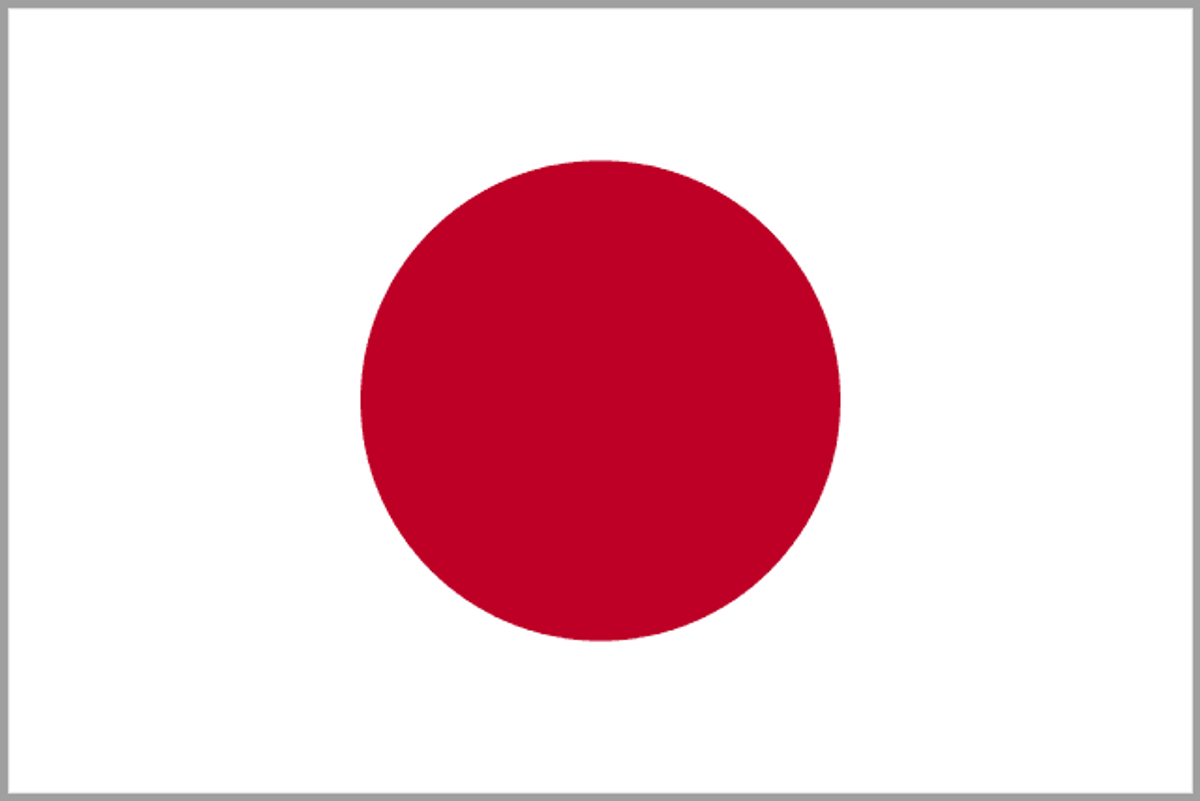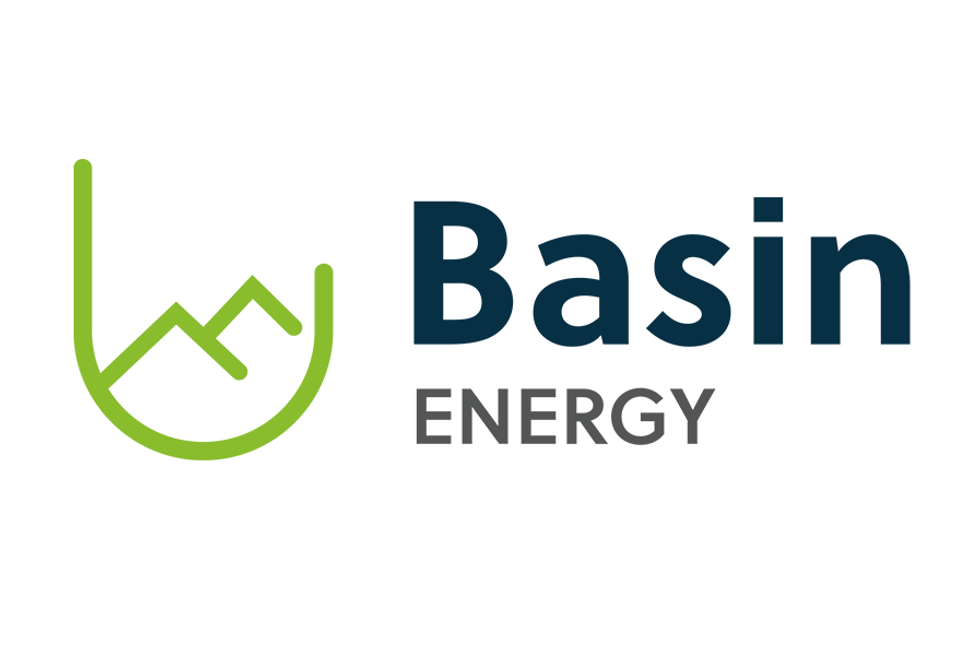Uranium News: Japan Restarts Second Reactor, Denison and Fission Terminate Plan to Merge

Meanwhile, Toro Energy increased its mineral resource, while Kivalliq and NexGen reported results from their respective projects.
Exciting news hit the uranium space on Thursday when Kyushu Electric Power (TSE:9508) announced that it has restarted the second reactor at its Sendai nuclear power plant. It’s only the second nuclear unit to restart in Japan since the Fukushima disaster devastated the country in 2011.
The company told CNN that the Dai-ni reactor is scheduled to be fully operational and producing power by October 21. Japan reactor restarts have continued to face public opposition, with about 70 protesters rallying outside the Sendai plant on Thursday morning, as per NHK World.
Fission and Denison terminate plan to merge
Denison Mines (TSX:DML) and Fission Uranium (TSX:FCU) terminated their plan to merge on Tuesday after shareholders voted on the arrangement and less than the required two-thirds of Fission shareholders were in favor of the business combination.
Cantor Fitzgerald senior analyst Rob Chang said that those who voted against the merger don’t think Denison’s US Midwest assets compare to Fission’s Patterson Lake South (PLS) property and do not want to give up half of PLS to acquire them.
“As with all failed mergers, it will be interesting to see if there will be any changes with either Fission or Denison,” Chang said in a research note. He noted that possible next steps for both companies include mergers with other entities, acquisitions or divestitures of assets, management changes or maintaining the status quo.
Following the news, Fission’s share price increased by 5.8 percent, to $0.73, while Denison’s gained 1.5 percent to reach $0.68.
Toro Energy increases mineral resource
Toro Energy (ASX:TOE) announced a 20-percent increase to the mineral resource estimate for the Centipede and Millipede deposits at its Wiluna uranium project in Western Australia.
The deposits are expected to be the first two mined at Wiluna, accounting for the bulk of the first seven years of operation. The combined resource for Centipede and Millipede now stands at 15.4 million pounds of uranium at an average grade of 1,015 ppm; the total resource for Wiluna is 60.6 million pounds U3O8 at 552 ppm (at a 200 ppm cut off) or 39.2 million pounds at 963 ppm (at a 500 ppm cut off).
Dundee Capital Markets analyst David Talbot said, “the increase in resources and grade will likely boost processed head grade and improve overall project economics, without a higher uranium price, we don’t see this project moving forward to the development stage and have deferred our Wiluna DCF model by one year to 2018 accordingly.”
NexGen radioactivity results
NexGen Energy (TSXV:NXE) released radioactivity results for nine drill holes from its ongoing summer drill program at the Rook 1 property, noting that multiple holes intersected substantial off-scale radioactivity. Hole AR-15-59c2 intersected dense accumulations of massive and semi-massive pitchblende and expanded the newly defined high-grade sub-zone within the A2 core by 49 meters. The strike length now totals 162 meters and remains open to the southwest. There are still five rigs continuing to turn on Arrow, though the summer drill program is expected to conclude later in October.
“We had previously estimated Arrow to contain 115 million pounds based on now stale data and data points such as these strongly indicate a significant amount of additional resources to our estimate,” Chang said. “An initial resource is expected sometime within H1 2016,” he added. NexGen Energy remains Cantor Fitzgerald’s top pick and currently has approximately $20 million in cash on hand.
Kivalliq Energy results from Hatchet Lake
Kivalliq Energy (TSXV:KIV) released results from its first exploration program at the Hatchet Lake property. The results have both confirmed and enhanced the basement-hosted uranium targets identified by previous operators Hathor Exploration (TSX:HAT) and Rio Tinto (NYSE:RIO,ASX:RIO,LSE:RIO).
Highlights include 908 soil and 1,322 vegetation (biogeochemical) samples that verify historic results and have helped identify priority target areas at Upper Manson and SW Scrimes. Grab samples at SW Scrimes returned values up to 2.43 percent U3O8 from pegmatite boulders and 0.68 percent U3O8 from a new pegmatitic occurrence in outcrop.
Seventeen prioritized target zones have been identified at the Hatchet Lake property; four are considered high priority and correspond to Kivalliq’s key target areas.
“Further exploration work will be undertaken to advance the project in 2016. Given the project’s strategic location near all of Canada’s uranium mining and milling infrastructure, a potential discovery would yield numerous development advantages,” Chang said in a research note.
UEC’s 2015 fiscal year results
Uranium Energy (NYSEMKT:UEC) released its Q4 2015 and full-year results on Wednesday. They show a net loss of $0.06 per share and sales of 80,000 pounds of U3O8. In all, sales of $3.1 million at a cost of $29.08 per pound were achieved in Q4.
Chang noted, “[w]hile operating losses are never ideal, we temper our view on the quarter’s results since UEC is producing at a reduced rate to align with the weak uranium market. As a fully unhedged uranium producer, UEC’s job is to weather the low uranium price environment and prepare itself to take advantage of the higher uranium prices that we expect to see in the next 6-18 months.”
ERA increases production in Q3
Energy Resources of Australia (ASX:ERA) reported an increase in production to 457 tonnes of uranium in Q3, up 17 percent from Q2. The company produced 390 tonnes of uranium oxide in the June quarter, after output was impacted by the yearly mill shutdown to conduct preventive maintenance.
Ur-Energy Q3 operational results
Ur-Energy (TSX:URE,NYSEMKT:URG) reported its Q3 operational results on Wednesday. They show a 4-percent decrease in production for the three months ended September 30. According to the press release, 172,282 pounds of U3O8 were captured within the Lost Creek plant; 176,850 pounds of U3O8 were packaged in drums, and 184,380 pounds of drummed inventory were shipped from the Lost Creek processing plant to the converter.
The company’s Q4 production target is to dry and drum between 180,000 and 210,000 pounds U3O8 at Lost Creek. That will amount to estimated final production of 750,000 to 850,000 pounds for 2015.
Securities Disclosure: I, Kristen Moran, hold no direct investment interest in any company mentioned in this article.
Related reading:
Uranium News: India Criticized, Cigar Lake Starts Production





